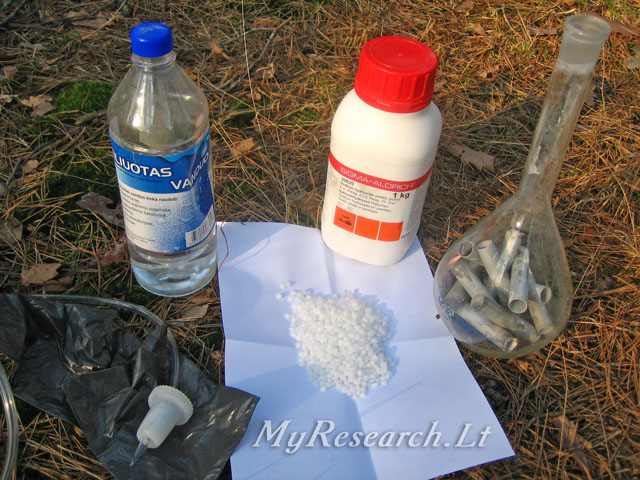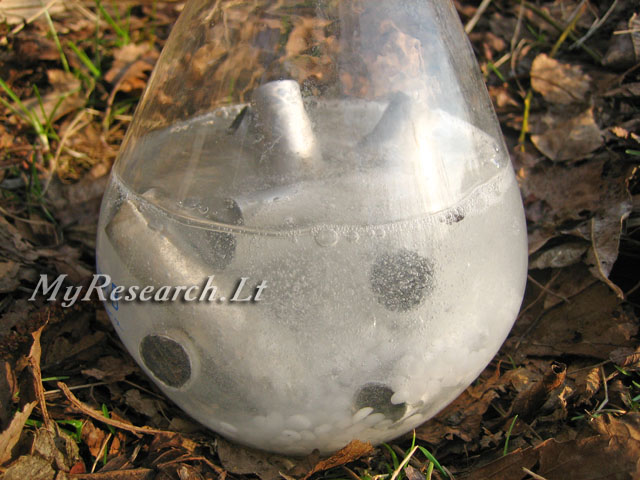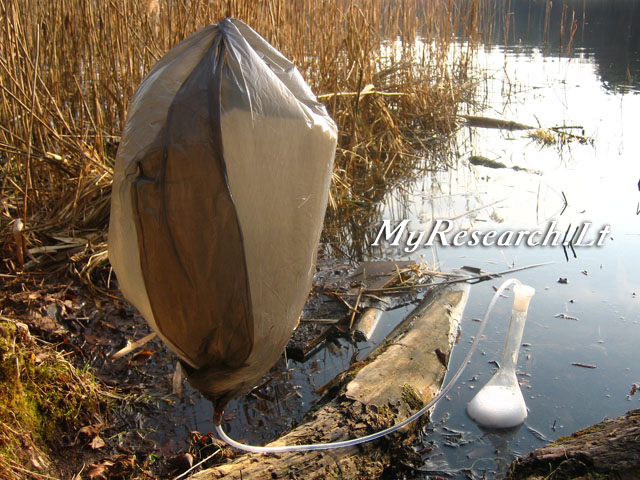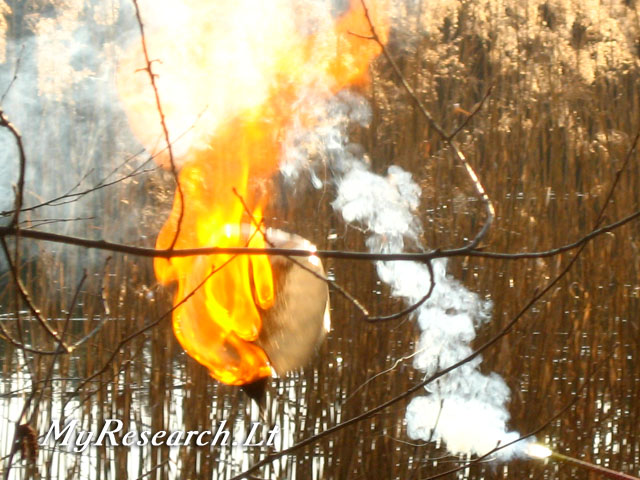|
An aerostat may be used for aerial photography, advertising, cargo transportation and simply for beauty. Approximately, one cubic meter of volume corresponds to one kilogram of the cargo lifted. The price of one cubic meter of helium for balloons is between 10 and 100 euro dependently on the supplier and the quantity (in the year 2009). Often, a mix of helium and air is sold instead of pure helium. Hydrogen is much cheaper; in addition, it may be produced upon field conditions. Why hydrogen is considered dangerous? If hydrogen is mixed with oxygen in proportion 2:1, an explosive gas is obtained. A concentration is considered dangerous, if the volumetric share of air in the mix exceeds 25% (or 4%, if pure oxygen is used). Pure hydrogen burns out without an explosion. The above-described attests that an aerostat with hydrogen should not be used in closed premises; it should not be lifted and landed near crowds of people or an open fire as well. One more danger is a statutory ban. In the realty, firing of an aerostat is not so simple. During the World War One, England was forced to invent special firing bullets, because ordinary bullets did not cause a considerable damage to German dirigibles with hydrogen while hitting them. So, a freely flying away balloon with hydrogen is not more dangerous than Heavenly lanterns with a burning candle. There are many methods of hydrogen producing; hereinafter, I'll describe one of them tested by me. The presented photos show a 40-liter packet to be filled. In aerostats, a rigid carcass with a soft coating is usually used and special packets are filled with hydrogen in an internal section of such aerostat. In the upper part of the aerostat, a hole for elimination of the hydrogen having left the packet (to avoid a concentration of the explosive mix inside) should be provided. 1. A 1-liter flask or another pot 2. A plug for the flask provided with a hose for gas elimination 3. A 10-liter non-deep bowl 4. 20 liter of ordinary cold water 5. 0.4 liter of distilled water 6. 135 g of aluminum 7. 200 g of sodium hydroxide 8. Rubber gloves and protective glasses 9. Hermetic waste bags with the total volume of 200 liter. 1. Fill the bowl with water for cooling. 2. Insert the loose end of the hose into the waste bag; however, it should remain flattened to avoid its filling with air. Clamp the open end of the packet on the hose with a rope and connect the rope to a heavy thing. 3. Insert aluminum into the flask 4. Insert sodium hydroxide into the flask 5. Pour distilled water into the flask 6. Close the flask with the plug with the hose inserted in the latter 7. Put the flask in the bowl 8. Control the temperature of water in the bowl every minute: it should not exceed 30 degrees 9. After a certain time, the waste bag filled with hydrogen will dangle in air. You may fill the next bag. The start of the reaction: Filling the bag: Flaring-up of the bag filled with hydrogen: The properties of air on various altitudes:
Aleksey Zaitsevsky, 2010, http://www.myresearch.company |







